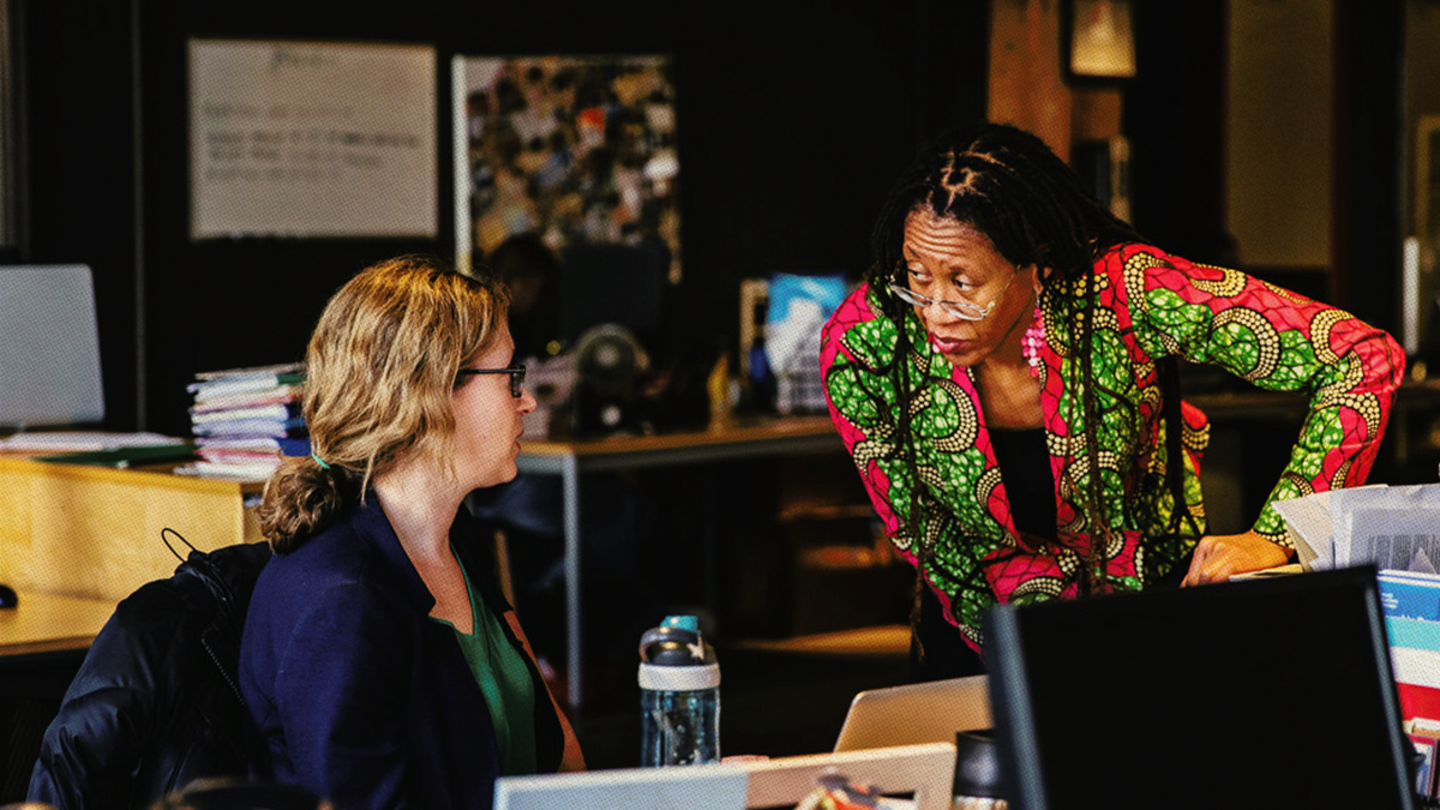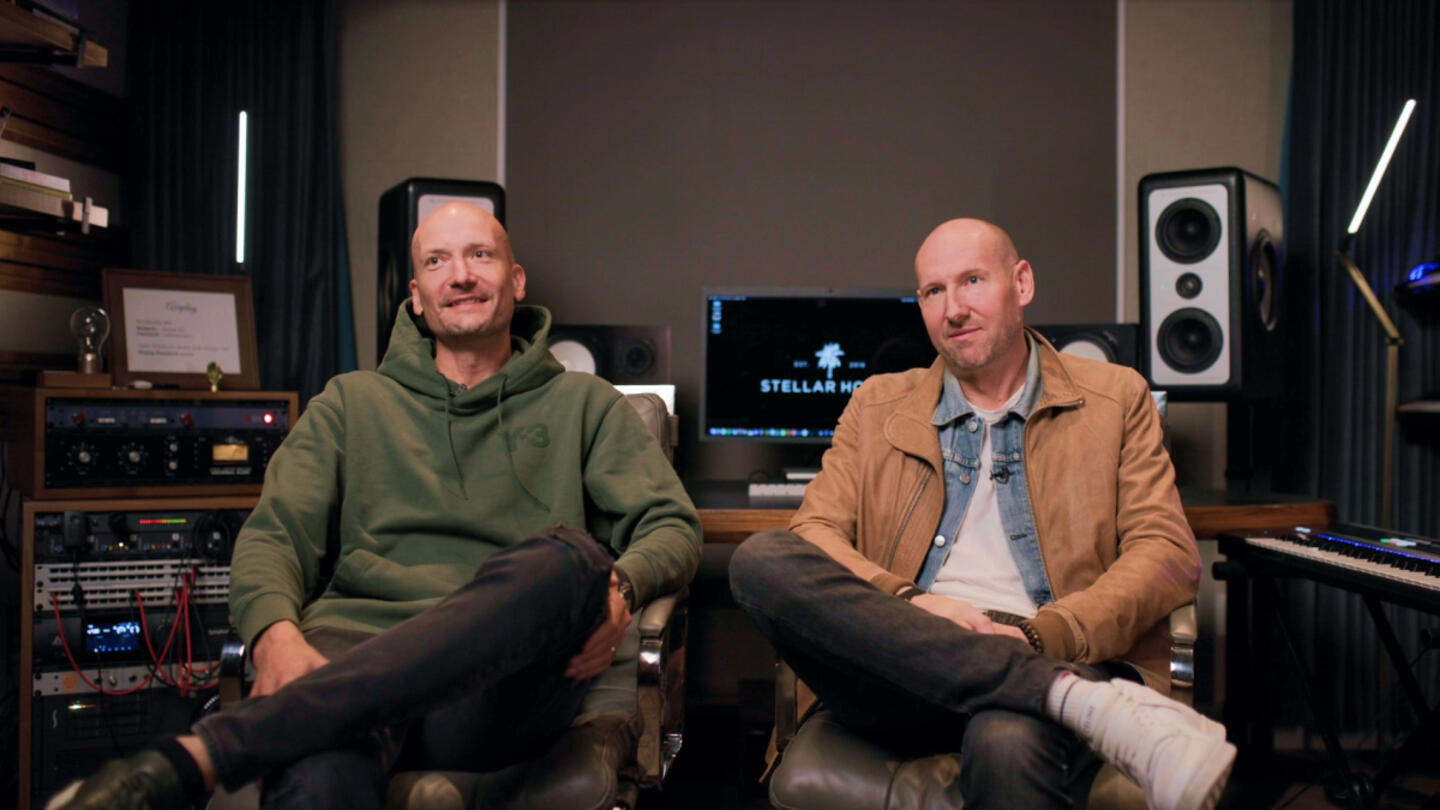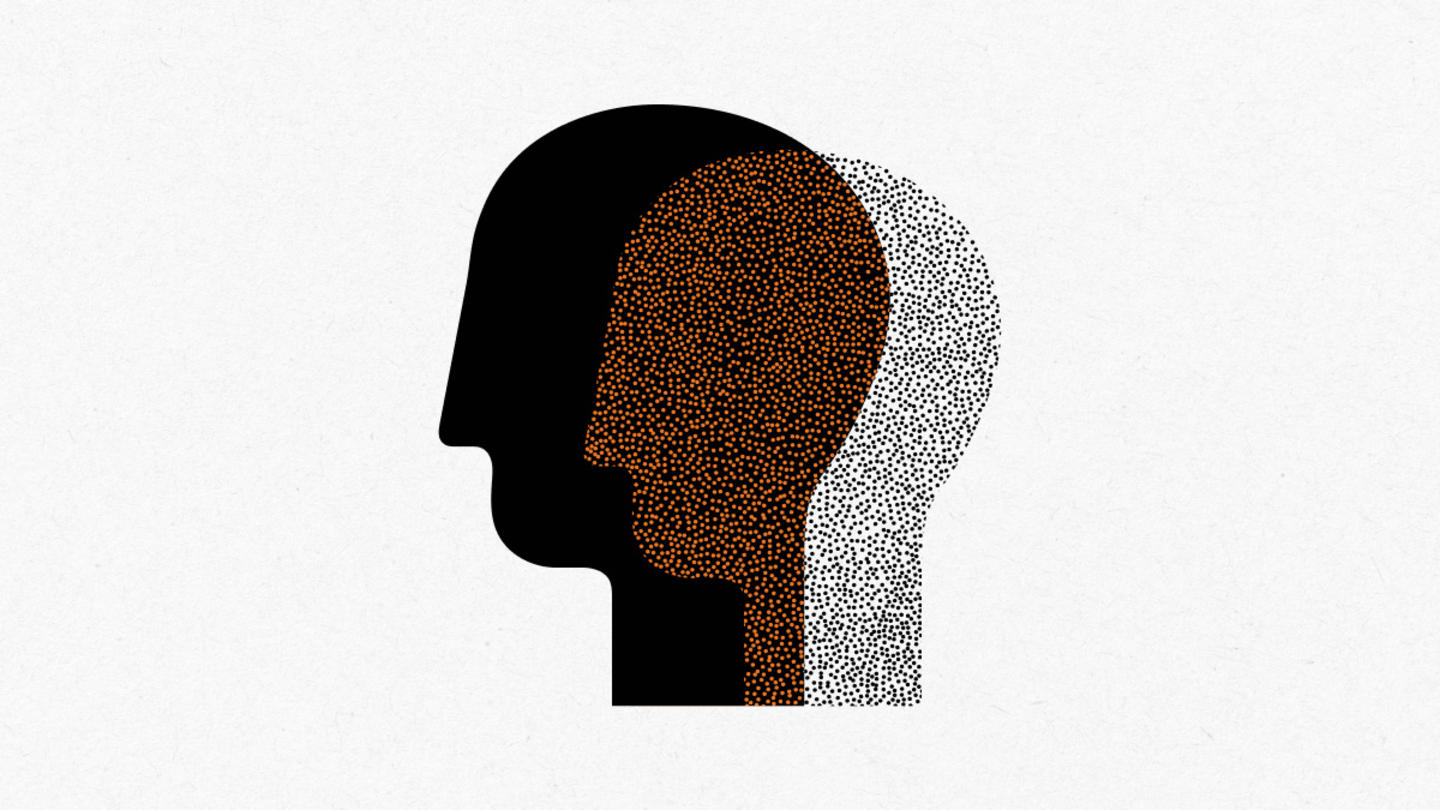It’s estimated that the average person will spend a third of their life at work. When you consider that people spend less than an hour a day relaxing or socializing, it’s clear that meaningful work is more important than ever. But how do employers and employees work together to create such meaning — and what role does it play in the success of a business?
Taylor McLemore, the co-founder of Human Potential Capital, has an answer to this question.
“People’s identities are highly connected to their work,” said McLemore. “Meaningful work allows someone to have a high quality of life.”
Many see purpose as being confined to nonprofits or social services. However, people in all businesses care about making their own lives better in a way that also improves others’ lives — exactly what products and services created by the private sector do. But oftentimes, these businesses focus on revenue. What if they also considered how much they help employees pursue their full potential?
Here McLemore lays out just what that can look like, how other organizations can incorporate the same, and why businesses and communities will be better off for it.
“What would a world look like where people not only had agency to pursue pathways of economic mobility but also found careers they love?” McLemore asked. “Should there be a reason that we set our sights lower than people improving their wages and engaging in meaningful and fulfilling work every day? So often, this is thought of separately or as an “or” statement.
A system where both employers and employees win
Investing in human potential starts with transforming the employer-employee relationship from transactional to one based on mutual benefit.
Today, workers are incentivized to only focus on the short term and immediately perform the tasks they’re being paid for. However, if employers and employees collaborated to assess the employee’s strengths and how they could enhance the workforce, employers would have a greater incentive to invest in their growth, and employees would feel more aligned with the company’s vision.
Human Potential Capital encourages this working style by supporting organizations that focus on individual employees’ contributions, skills, and development — in addition to profit.
What does that mean, exactly?
In practice, employees’ work can encompass any sector or industry. With the support of their supervisors, employees can look at how their role contributes to improving others’ lives — whether that means building a product, designing a solution, improving customer experience, or any tool that meets others’ needs.
Doing so improves not only the business but also society. McLemore explained this as a domino effect: People who have unlocked their own potential and work with their own unique purpose are better positioned to help others do the same. Yes, it helps the bottom line of any company, but it also serves a much larger purpose — one everyone can benefit from.
Sign up for Stand Together's Rethinking Work & Learning newsletter to get the latest stories, ideas, and trends on the future of employment.
“Working is a core part of almost every person’s experience, and your relationship with who employs you has a massive impact on you,” said McLemore. “We live in a world where the relationship between employer and employee has become dangerously transactional. The question is, can we take the relationship in society between employee and employer back in the direction of mutual benefit?”
The visible effects of human potential
It may sound theoretical, but human potential is a very tangible asset that can deliver a real-world impact.
McLemore likes to discuss this issue by starting at the endpoint: “The outcome that we’re trying to achieve is human potential,” he said. “The only way you get to that is from the bottom up. You need to think about: How do you unlock the human potential of each person so they can take care of themselves and contribute to their community and society as a whole?”
Although human potential influences every aspect of life, McLemore and the organizations he partners with prioritize working and learning, recognizing them as the foundational elements that empower individuals to grow in other areas.
Human potential can be harnessed across all sectors, whether in nonprofit or for-profit organizations, but McLemore views it on an even broader scale. “We’re mostly talking about it in the context of working and learning, but I believe that human potential is everything from community to government to religion, all of the human experience that is broadly defined in society,” he said.
According to Gallup, only 34% of employees are actively engaged at work — largely due to feeling disconnected from their organizations’ missions. Employers should consider how to connect employees to the larger purpose they serve in the organization, as well as opportunities to explore their unique talents. When they do, employees are better positioned to take an active role in the company, which can lead to more productive employees and more profit for a company’s bottom line.
“How are you unlocking someone’s potential through work?” McLemore challenged employers to question. “How are we influencing our education and workforce systems to create meaningful pathways into work that is rewarding and connects to the identity of each person?”
If employers can ask these questions, they’ll open the door for workers to evaluate the unique strengths they can bring to the table.
In a market of employers that are more focused on the transactional relationship, one group of leaders is trying to shift the culture toward mutual benefit. A group of employers, innovators, investors, and solution providers is meeting in Denver for the Human Potential Summit to discuss how they can best create environments where workers can pursue meaning and fulfillment in their jobs.
According to McLemore, the results could be transformational, first for the workplace, and eventually for the larger communities they exist in.
“That’s how you get a really exciting compounding effect. The society we could have tomorrow and a hundred years from now could be very similar to this one — or it could be a lot better, and a lot of that comes down to our choices of how we approach people and what they can do.”
***
The Stand Together community partners with changemakers who are tackling the root causes of America’s biggest problems. Learn more about Stand Together’s efforts to transform the future of work and explore ways you can partner with us.

Here’s how to bridge the disconnect between employers and employees.

Lessons learned from Colorado.

Could a program built to develop music talent change the way we think about education?

How to help the talent of today fill the jobs of tomorrow.
